Controlled Chaos: Artist Deborah Zlotsky
February 4, 2019
Deborah Zlotsky’s colorful abstract works speak to the process of understanding the vagaries of everyday life.
Text by Bob Curley
Destruction and reconstruction are intrinsic to the process of creation in the work of Deborah Zlotsky, whose abstract paintings and graphite sketches evolve, layer by partly obscuring layer, until the artist finally declares her vision—born as much from chaos as intent—complete.
It’s an evolutionary endeavor that Zlotsky sees as a reflection of the unplanned, unpredictable, and ever-changing aspects of modern existence. “It’s kind of the life I lead, running around all the time,” says the Rhode Island School of Design professor, who commutes to Providence weekly from her primary home in upstate New York. “I can make sense of it all in a painting. I think of myself as someone who is connecting, but I am also repairing,” she says. She views her work as a discovery of what author Steven Johnson calls the “adjacent possible,” which he describes as “a kind of a shadow future, hovering on the edges of the present state of things, a map of all the ways in which the present can reinvent itself.”
The theory holds that most great ideas don’t spring from a light-bulb moment but rather the accumulation of knowledge over time, which aptly describes Zlotsky’s artistic process. She works on up to a half-dozen paintings at a time, starting, stopping, and resuming work as creativity ebbs and flows. “I stop painting when I think they are done,” she states simply. “It’s a process fueled by contingencies.”
Her work has been compared to that of Paul Klee, although the artist herself cites Thomas Nozkowski and Terry Winters as influences. “I start with a few relationships and go from there,” connecting shapes, planes, colors, and other elements,” she explains.
Early in her career, Zlotsky determined that she would be much more satisfied creating her own artwork than documenting that of others. Still, the skills she garnered while pursuing her bachelor’s degree in art history at Yale and an MFA in painting and drawing from the University of Connecticut also have aided her creative process.
Philosophically, her work is in part an examination of the “blanding out” experience of growing up in a small, traditional New England town as the descendant of Eastern European immigrants. “It’s hard to have a sense of your identity when you don’t exist in the surrounding culture,” says Zlotsky, a member of one of a handful of Jewish families in her town.
The disambiguation she seeks is also rooted in a childhood fascination with taking machines apart and reassembling them. “I’ve always been in this deconstruction mode,” she says.
There’s a pronounced aspect of trompe l’oeil to her work, both in the abstract shapes she paints and draws and the layers of gouache and charcoal that partly—but not fully—obscure older forms and ideas.
“Zlotsky pays attention to color, line, and shape, but more importantly to depth,” writes artist and critic Viktor Witkowski, who sees both monumental and architectural elements in her work. “We can clearly identify geometric shapes, but their outlines take surprising turns that suggest receding and advancing forms.”
Lighter shapes contrast with darker ones in the same color value, providing three-dimensionality and, as Witkowski says, pointing “back to what lies beneath them.”
“Peer closer and the flat surfaces resolve into a textured density of drips, lines, drools . . . and craters,” says Douglas Glover in Numero Cinq magazine. He uses the geological term “accreted terrain” to describe the cumulative nature of Zlotsky’s work. Her lively color choices come from a far less technical place, reflecting a pop sensibility honed by a childhood of reading MAD magazine and DC comics.
Nordstrom, Capital One, Progressive Insurance, the Waldorf Astoria, and Istanbul’s Borusan Contemporary Art Collection are among the corporate holders of her works, along with the many private collectors who display her paintings and drawings in their homes and offices. “If someone wants to live with my work, even if they want to put it in their bathroom, it’s fine with me,” she says with a laugh.
EDITOR’S NOTE: Deborah Zlotsky is represented by Kathryn Markel Fine Arts in New York, markelfinearts.com. To see more of her work, visit deborahzlotsky.com.
Share
![NEH-Logo_Black[1] NEH-Logo_Black[1]](https://b2915716.smushcdn.com/2915716/wp-content/uploads/2022/08/NEH-Logo_Black1-300x162.jpg?lossy=1&strip=1&webp=1)






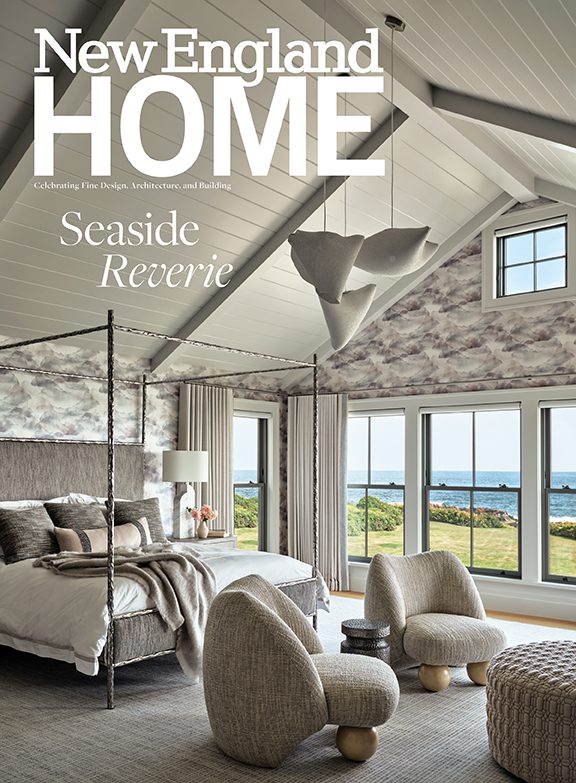

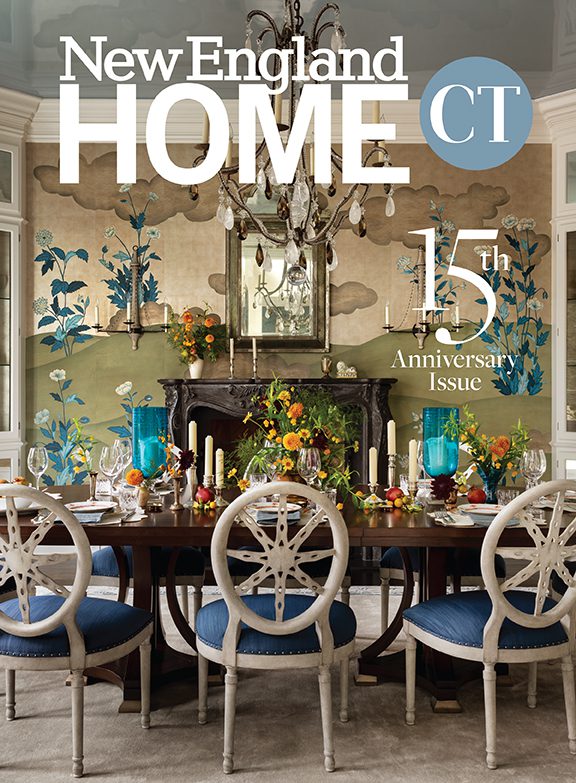
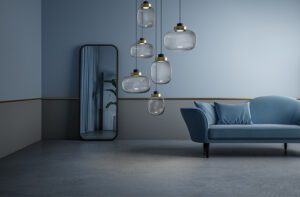

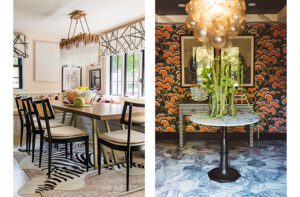
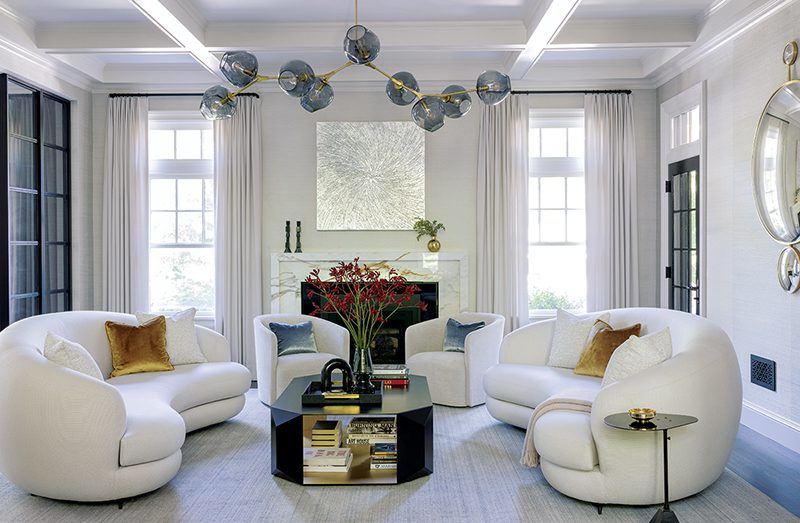
You must be logged in to post a comment.